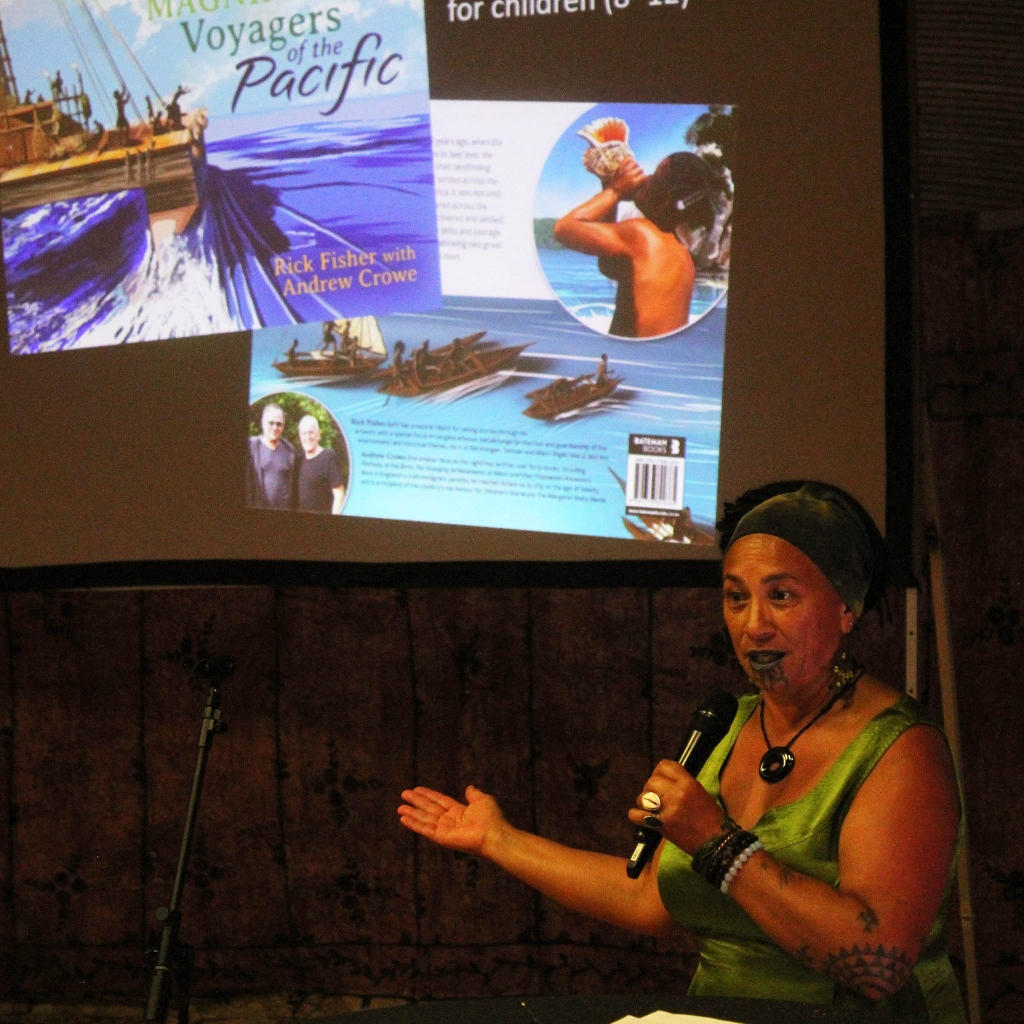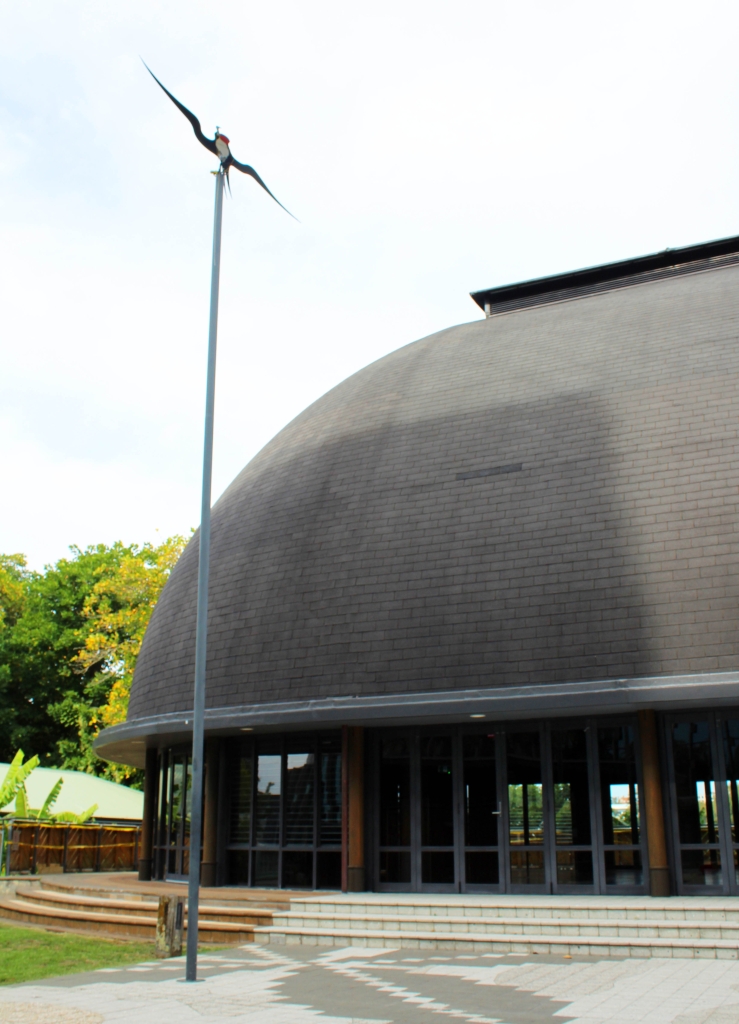
15 April 2025, Auckland New Zealand - Master navigator Mr Nainoa Thompson summarised the non-instrument navigational skills of Pacific people as "everything you need to navigate is in nature. The question is, can you see it?"
These were the skills used on a voyaging canoe, Ngāhiraka Mai Tawhiti that sailed from Aotearoa (New Zealand) to Rapa Nui and back, completing a voyage of over 18,500 km.
The Ocean Seabirds 2025 Symposium was privileged to have Ms Anihera Zhou Black, a crew member aboard this canoe, who came and spoke about her experiences at sea. Over 100 delegates from the seabird conservation community stood transfixed whilst listening to these incredible memories.

"Three days before the island was sighted, a little black bird landed on the back of the canoe and stayed with us until the morning that Rapa Nui was sighted".
"Then it flew straight towards Rapa Nui. If you can’t read into that, then you are not bird people! That was epic that that happened for us".
The trans-equatorial seabird migration also takes many species on a southwestern path towards Aotearoa. How this factored into the discovery of the land of the long white cloud points to the potential role seabirds had in people first finding this landmass.
Mr Andrew Crowe, author of the award-winning book ‘Pathway of the Birds’ was at the Symposium to contribute his knowledge of how specific bird species can complement the information gathered by Pacific navigators by observing the stars, sun, moon, ocean swells and currents and sea life.
"The most important species for navigation in tropical waters are the Fairy Tern, Brown Booby and Black Noddy that all return to land at night. So their direction of flight is significant, especially at dawn and dusk, or when a bird is seen carrying a fish home in its’ beak".
"Traditions also speak of birds, such as Frigate Birds, rails, plovers, Red-tailed Tropic birds and Sooty Terns being carried aboard voyaging canoes. All of which could be trusted to find land or return to the canoe".

These links between seabirds and Pacific culture and history continue to be explored at the Oceania Seabirds 2025 Symposium which is currently bringing together over 100 stakeholders and partners working towards seabird conservation at the University of Auckland, City Campus in New Zealand from 14 – 17 April 2025.
The primary source of funding for Ocean Seabirds 2025 is the Pacific BioScapes Programme which is funded by the European Union (EU) and implemented by the Secretariat of the Pacific Regional Environment Programme (SPREP). It includes 30 focused activities taking place across a diversity of ecosystems in 11 Pacific Island countries that are addressing critical issues concerning coastal and marine biodiversity, and ecosystem-based responses to climate change adaptation.
Other supporters of this symposium who have contributed funding, expertise, staff, and are supporting our workshops and field trips including SPC, World Seabird Union, Wildlife Management International Limited, the Northern New Zealand Seabird Trust, NZ Department of Conservation, Australasian Seabird Group, Auckland Council, Dive Tutukaka and the University of Auckland.
For more information, please visit the conference website at: https://oceaniaseabirds2025.com/